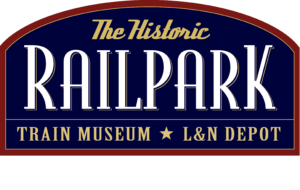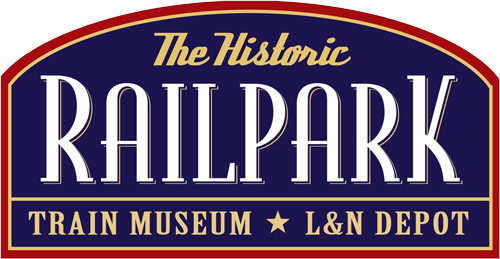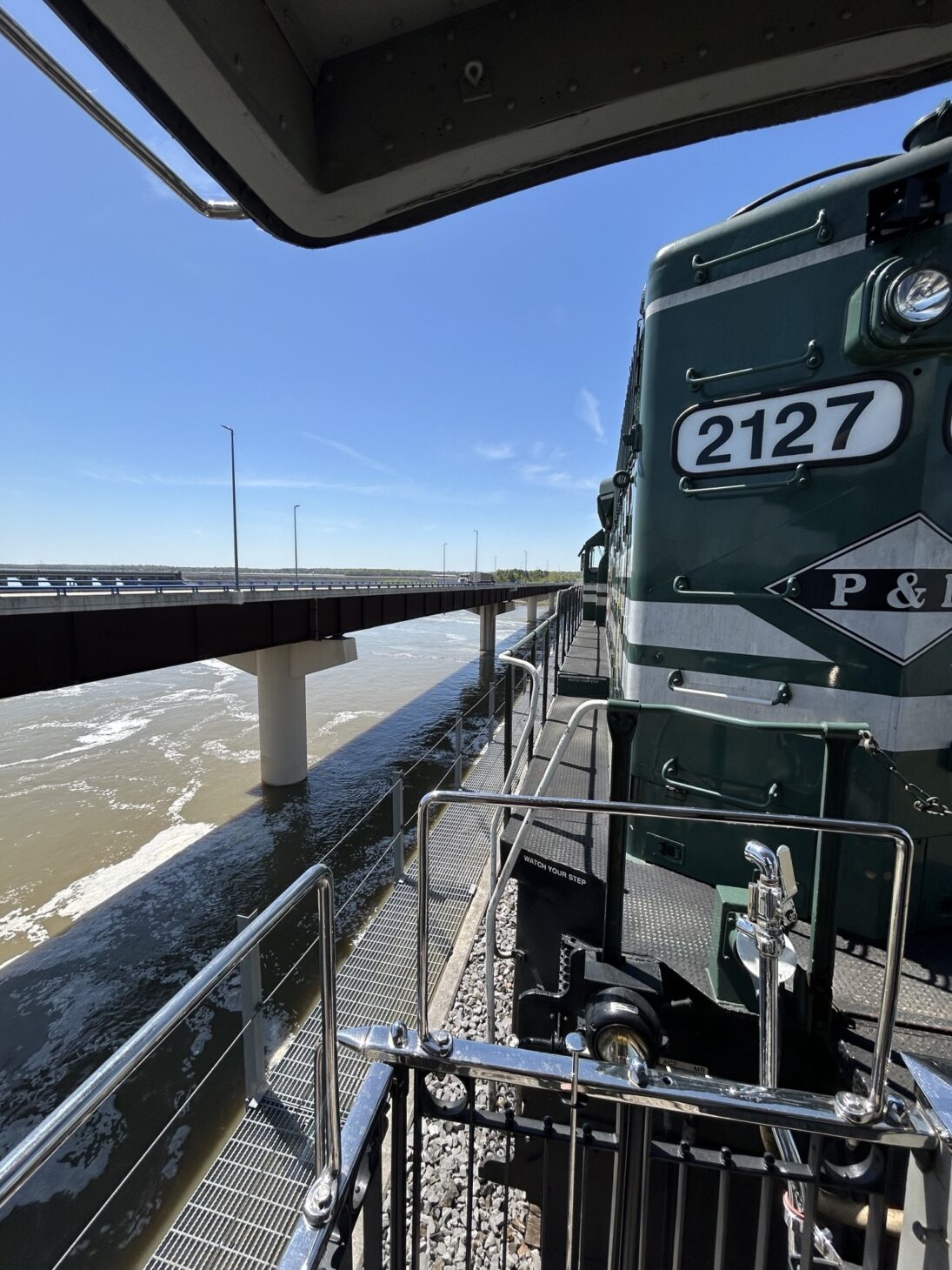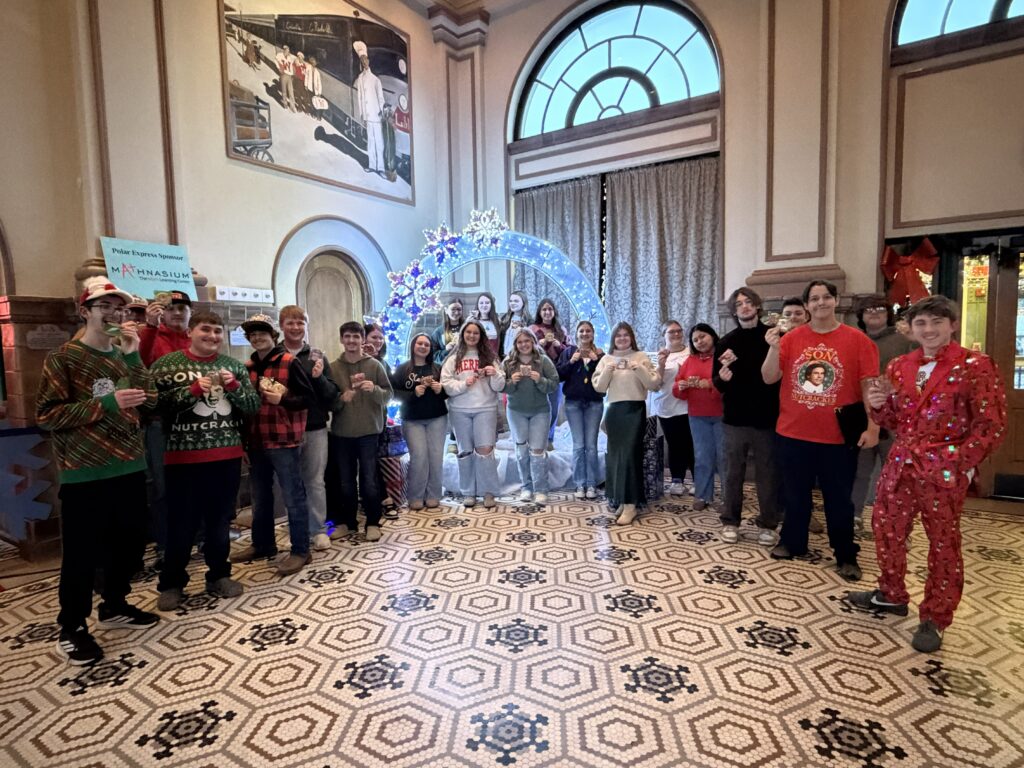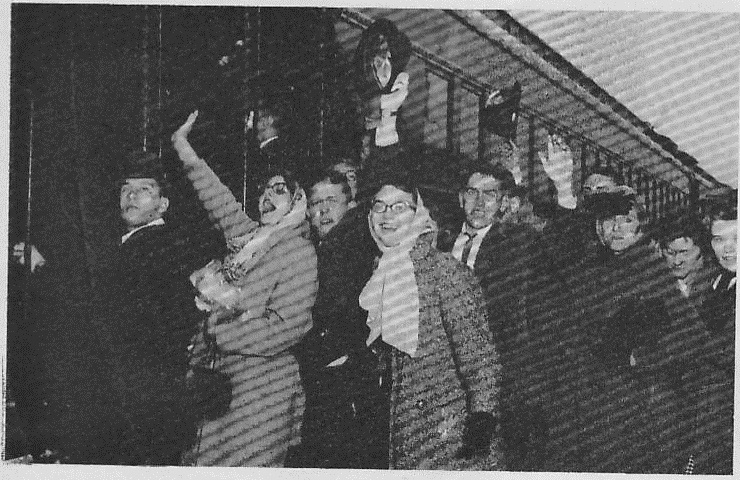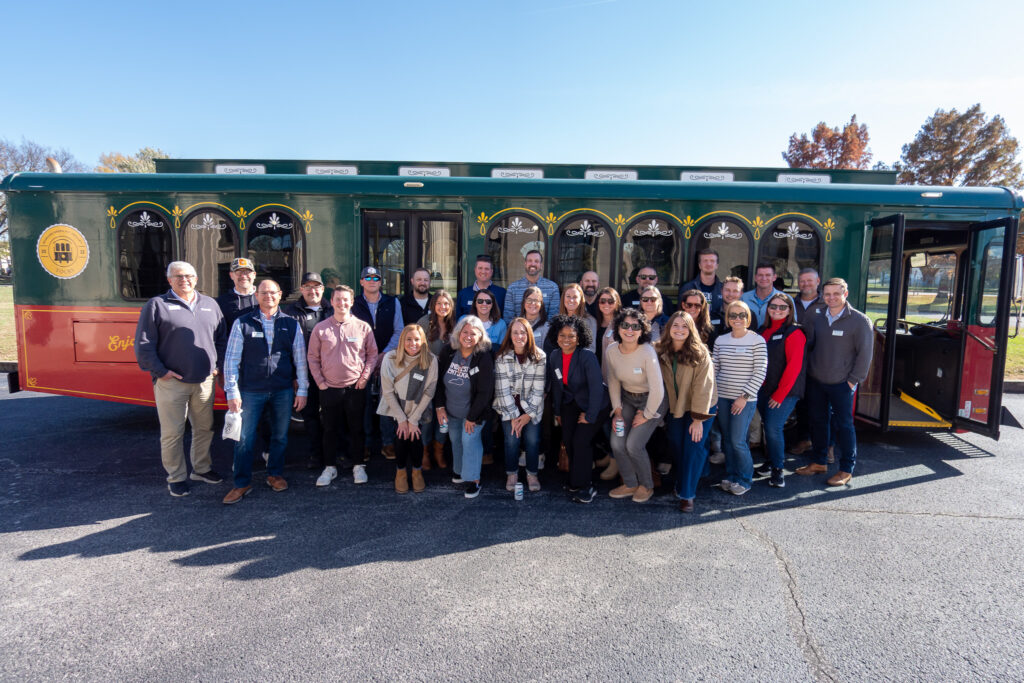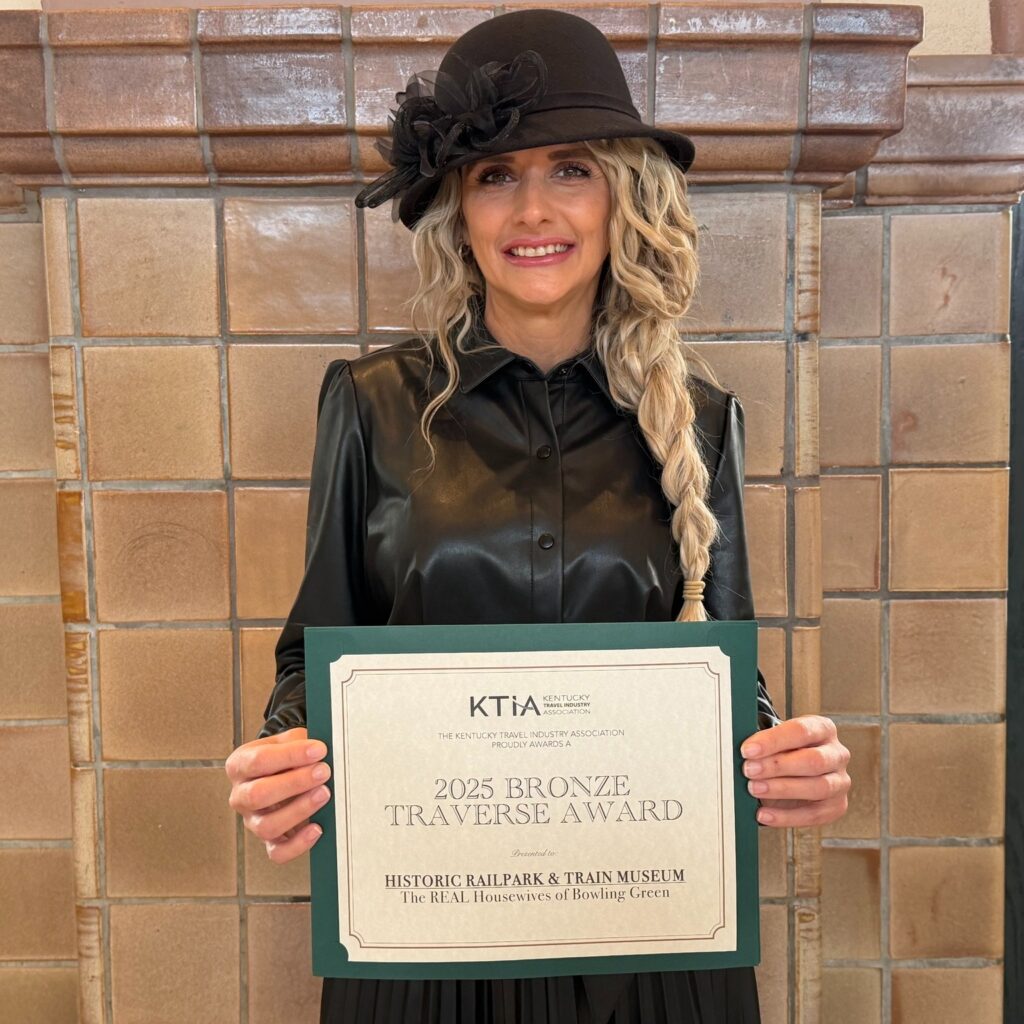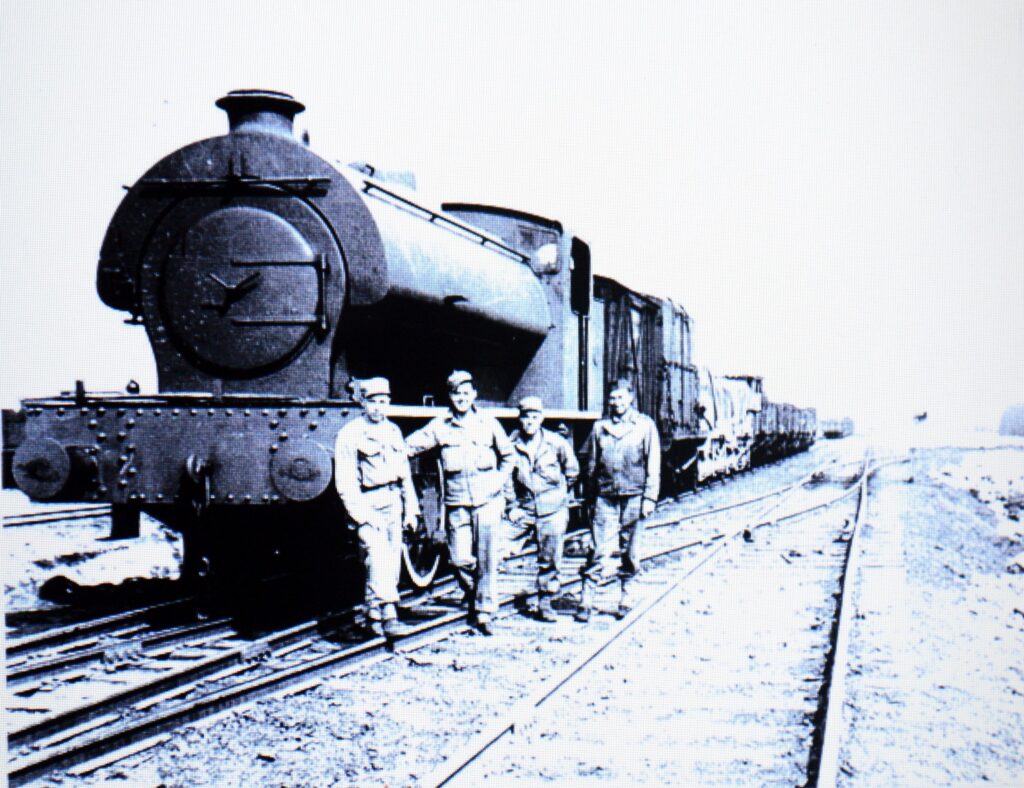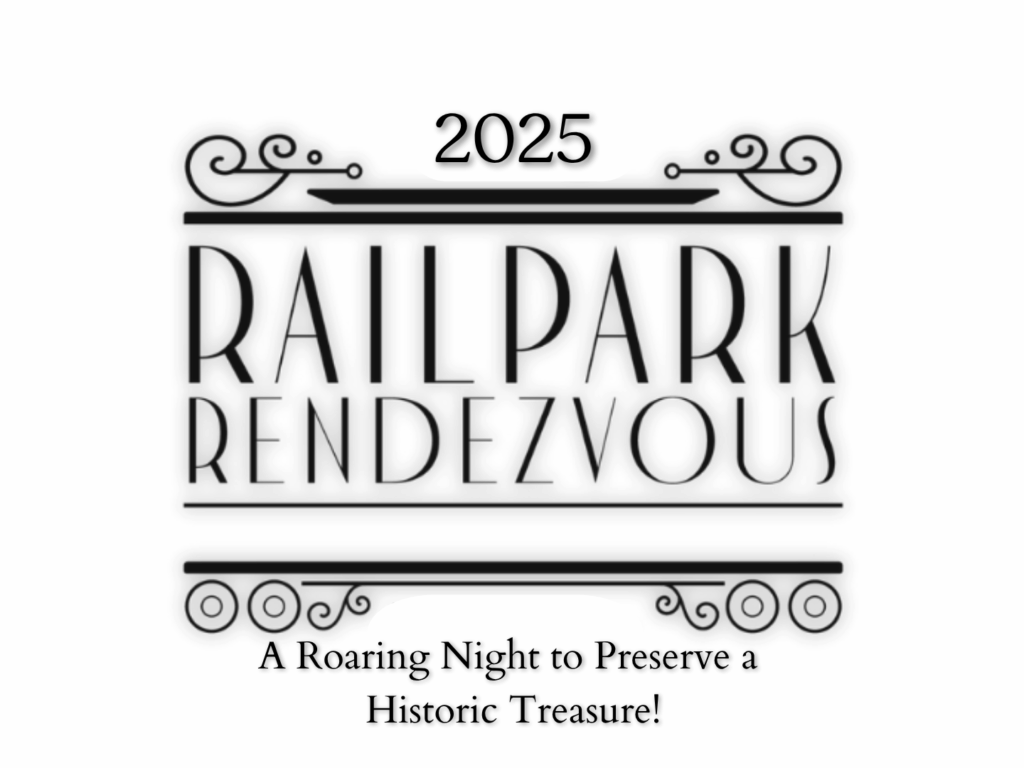Rails and Revelations: What I Learned Aboard a Moving Meeting
By Jamie Johnson, Executive Director
This past week, I had the privilege of attending a Rail Committee meeting hosted by Kentuckians for Better Transportation (KBT)—a nonprofit organization committed to improving and advocating for a safe, sustainable, and modern transportation infrastructure across the Commonwealth. KBT works to advance all modes of transportation—roads, aviation, waterways, transit, and rail—through education, collaboration, and policy influence.
While I attended as a guest, I was there with my “RailPark” lens on—as the Executive Director of the Historic RailPark & Train Museum in Bowling Green, Kentucky. Our mission is centered on heritage rail preservation, but that work is deeply connected to the future of rail itself. Simply put: if there is no modern rail, there is no future for heritage rail.
It was both exciting and encouraging to hear the enthusiasm and dedication of those working behind the scenes to keep rail—especially freight rail—front and center in Kentucky’s transportation strategy. My passion lies in telling the stories of yesterday’s rails, but this experience reminded me that our story only continues if modern rail systems are supported and sustained.
What made this meeting especially memorable was that it didn’t happen in a boardroom—it happened on the move.
Our gathering took place aboard a beautifully restored private office car owned by Paducah & Louisville Railway, a freight line I wasn’t previously familiar with. That’s likely because it’s a private, freight-only railway with no passenger service. But what an introduction it was! We rode in style aboard a historic railcar that had been upgraded with modern business amenities. For many in attendance, this was just another day on the job. For me, it was a once-in-a-lifetime experience.
As the car gently rocked along the rails, I sat in awe—soaking in the scenery, the rhythm of the train, and the significance of the conversation around me. It was a moment of clarity about how essential freight operations are—not just for economic development, but for the continuity of rail travel in all its forms, including heritage preservation.
I also had the opportunity to speak one-on-one with the CEO of Paducah & Louisville Railway. He was incredibly generous with his insights, sharing the operational challenges and opportunities of running a freight rail line. Like many industries, they are navigating a complex landscape—but the commitment to efficiency, safety, and innovation was clear.
I left this meeting not only grateful for the incredible experience of riding the rails in such a unique way but inspired by the people who are shaping the future of Kentucky’s rail infrastructure. Rail still matters—and I’m proud that our work at the RailPark helps carry that story forward.
